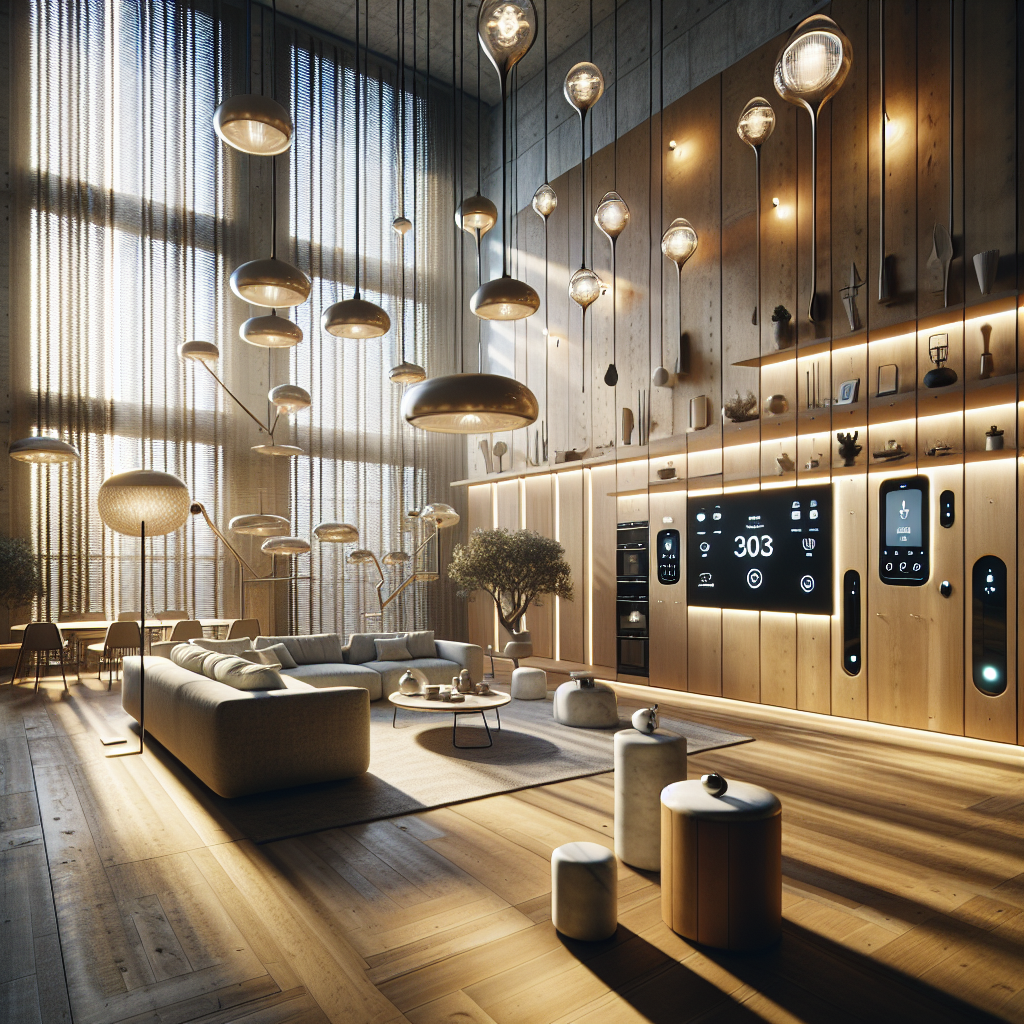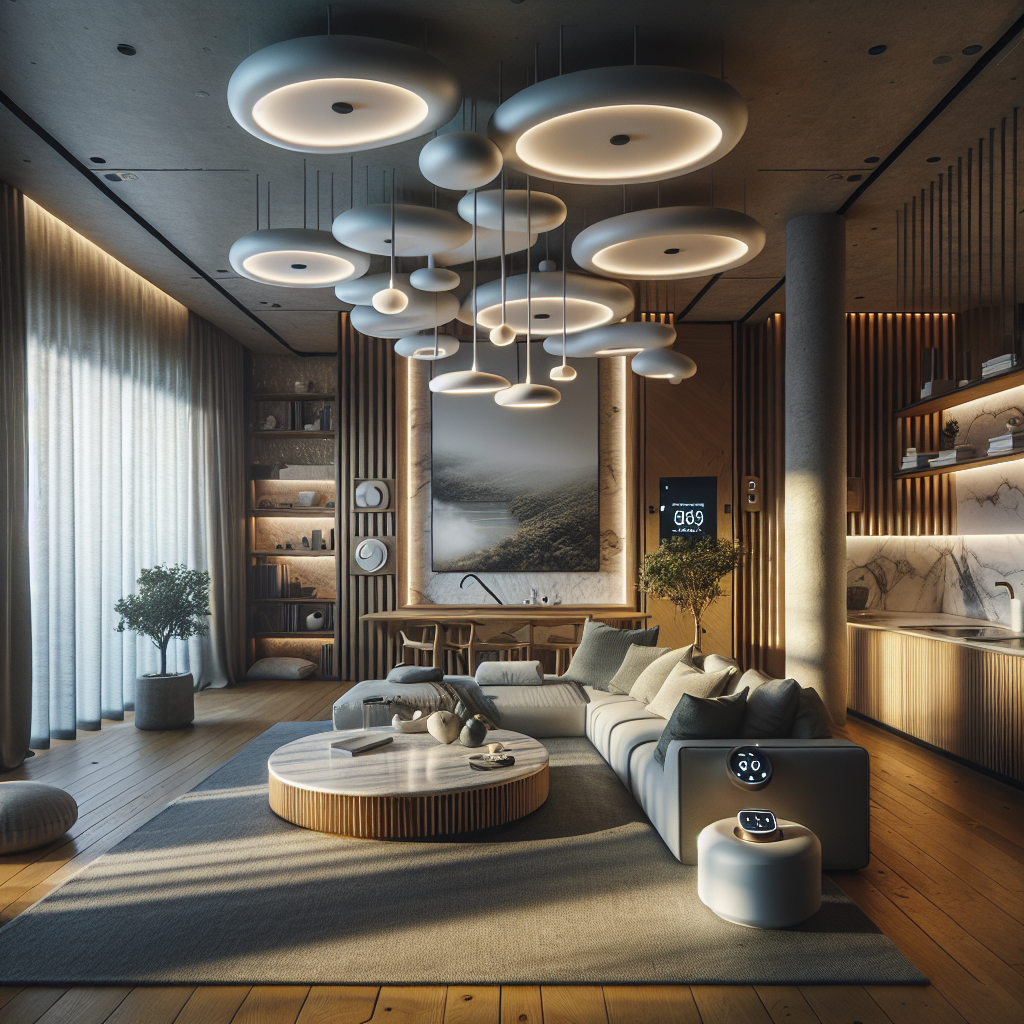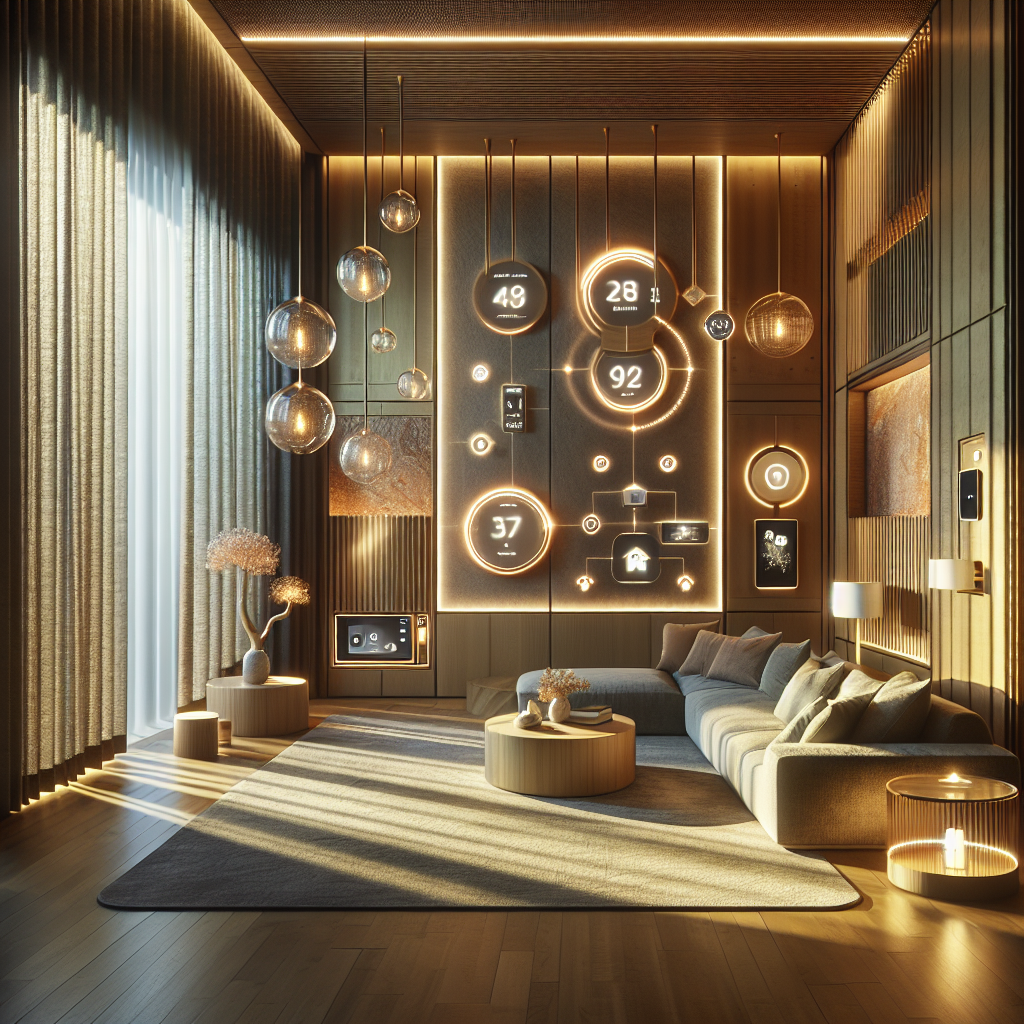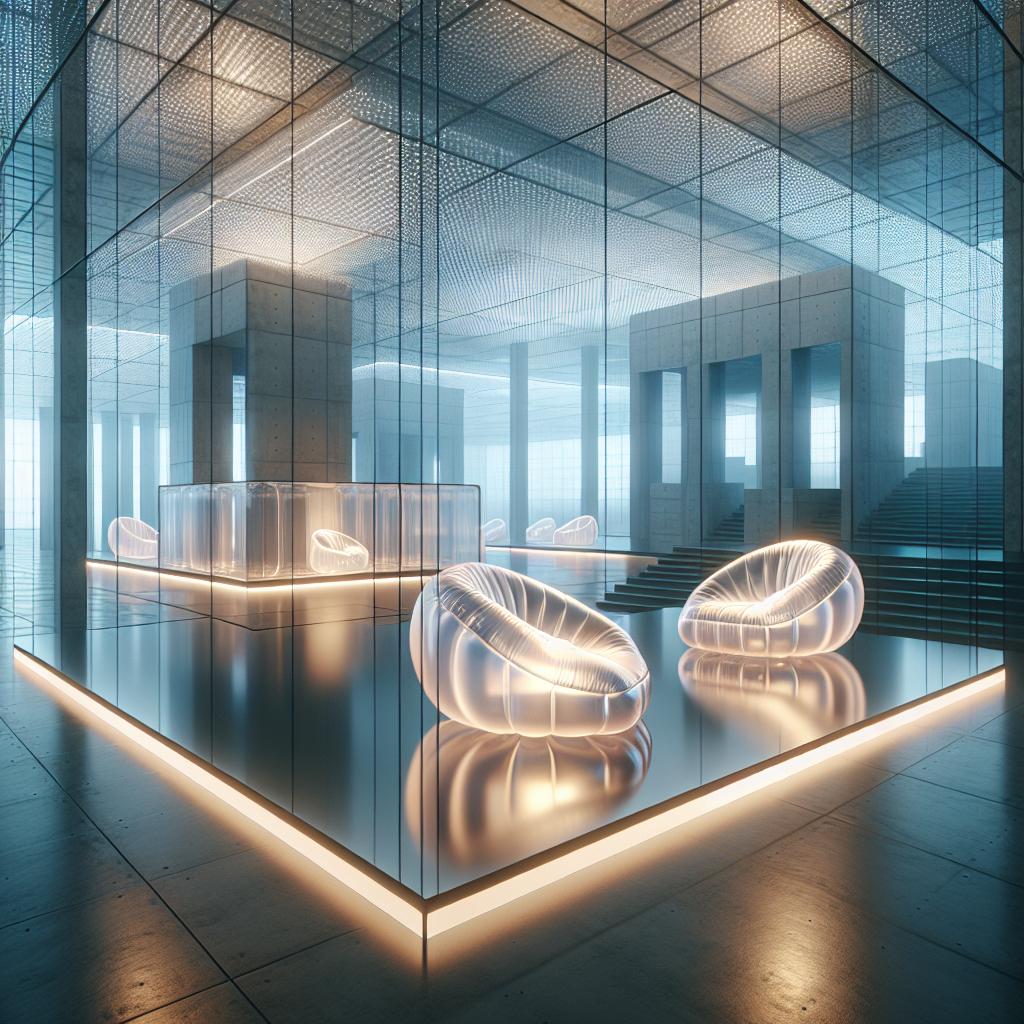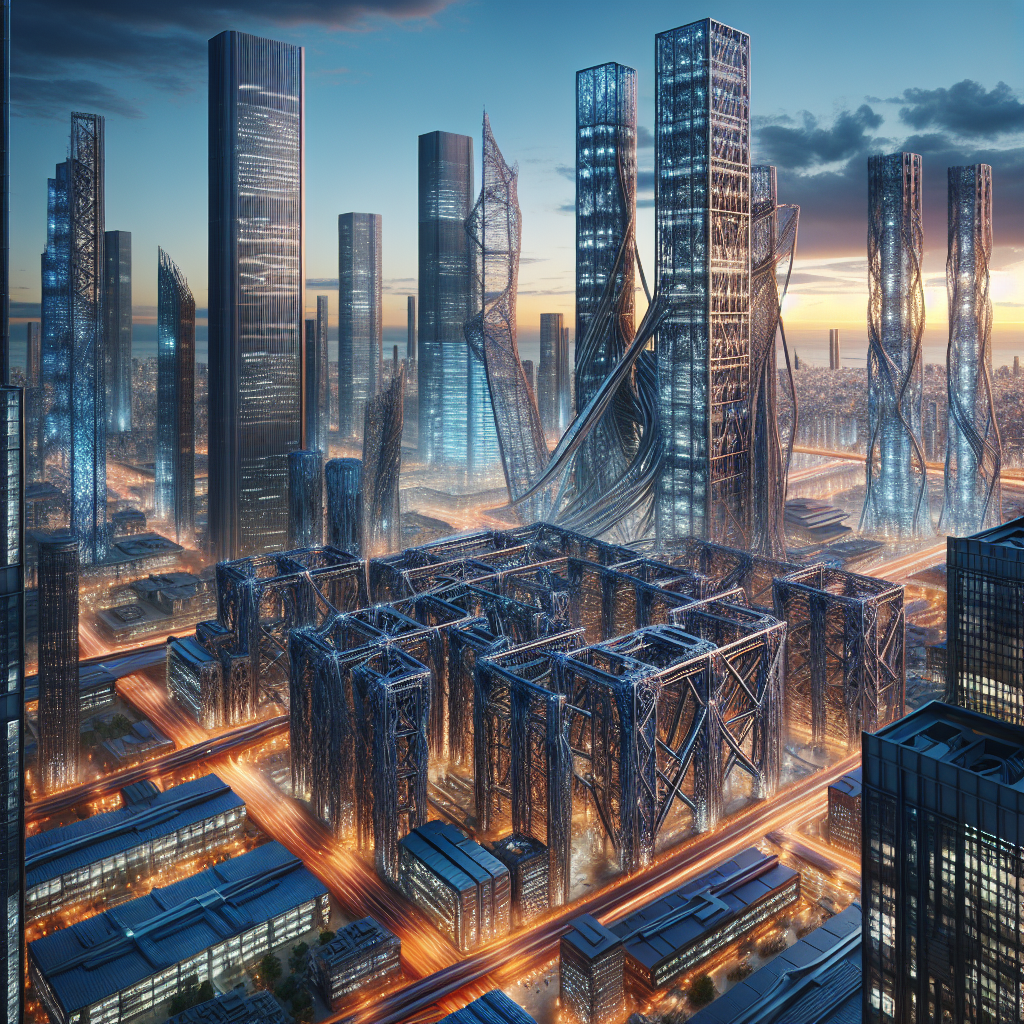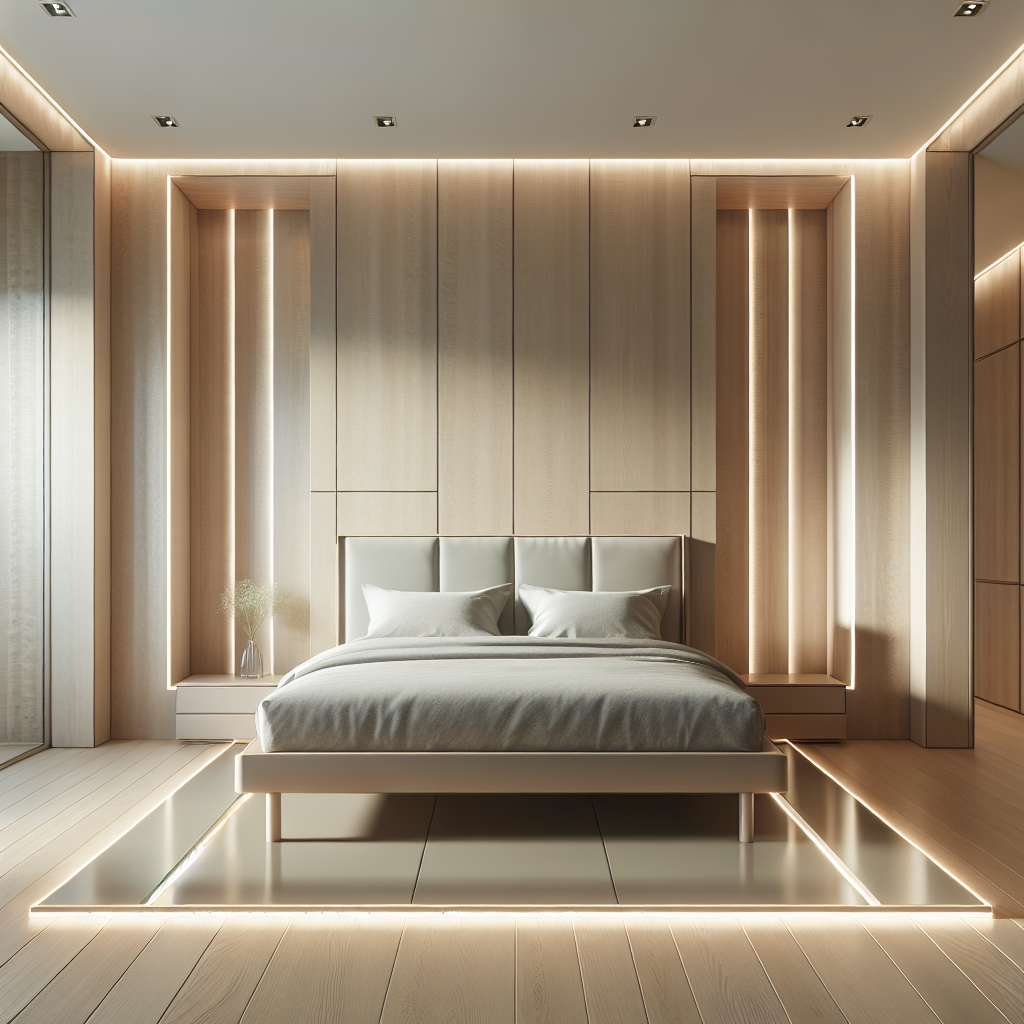Matter-Compatible Devices: The New Standard in Smart Homes
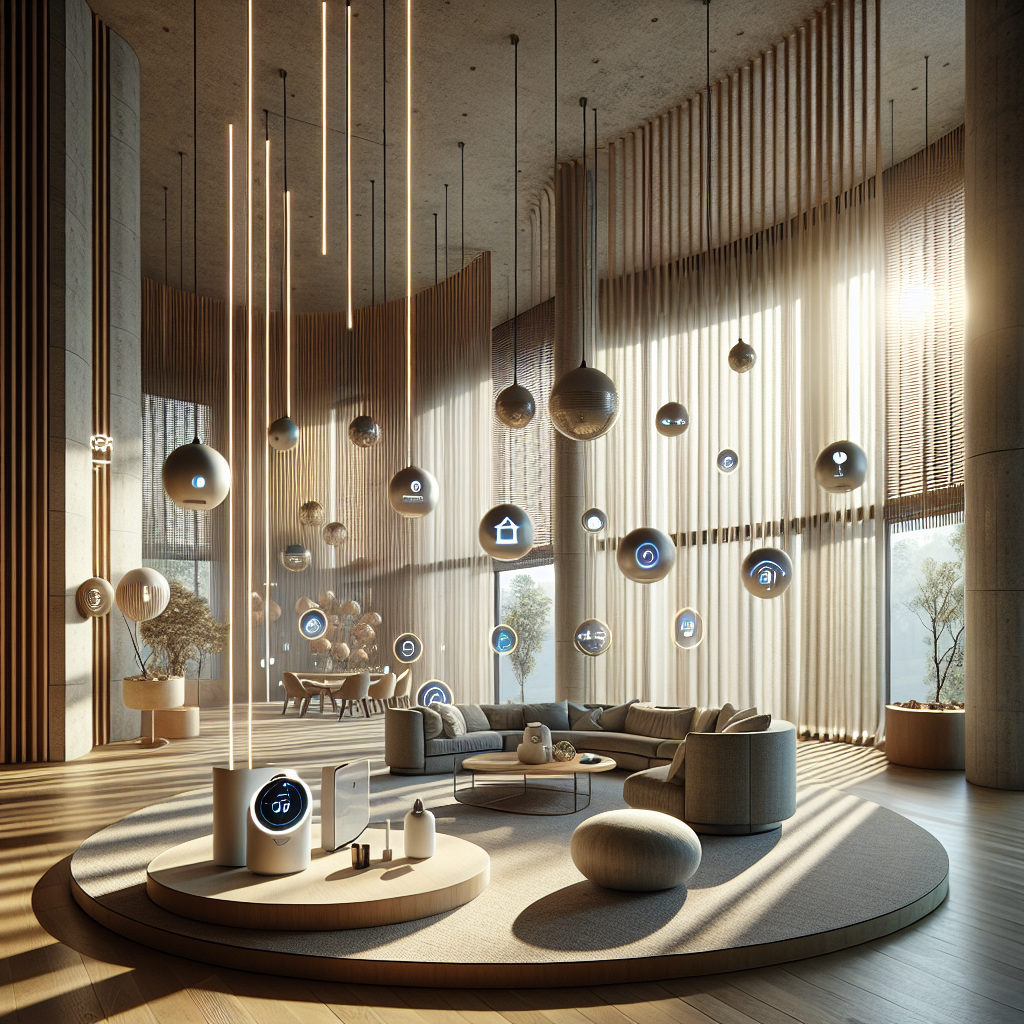
Matter-Compatible Devices: The New Standard in Smart Homes
In the evolving landscape of smart living, one term has begun to dominate conversations among architects, interior designers, and technology innovators alike: Matter. This universal connectivity standard, backed by industry giants such as Apple, Google, Amazon, and Samsung, promises to dissolve the long-standing barriers between competing smart home ecosystems. For design professionals, the implications are profound. Matter-compatible devices are not merely gadgets; they are the connective tissue of a new architectural paradigm—one where technology integrates seamlessly into interiors, enhancing both form and function without friction.
What is Matter and Why Does It Matter?
Matter is an open-source connectivity standard developed by the Connectivity Standards Alliance. Its purpose is elegantly simple: to ensure that smart devices from different brands can communicate effortlessly, regardless of platform. For years, homeowners and designers faced the frustration of incompatible ecosystems—smart lighting that worked with one app but not another, or thermostats that resisted integration with certain voice assistants. Matter eliminates this fragmentation by creating a universal language for devices.
For architects and interior designers, this means a new level of freedom. Spaces can now be conceived without the technical constraints of brand loyalty. A lighting scheme can incorporate fixtures from multiple manufacturers, while climate control systems and security features operate in harmony. The result is a more holistic, human-centric smart home experience—one that aligns with the principles of biophilic design and sustainable living, where technology serves as an invisible enabler rather than a disruptive force.
The Design Implications of Matter-Compatible Devices
Imagine a living room where sculptural pendant lights from an Italian design house dim automatically as natural daylight fades, while floor-to-ceiling smart blinds—crafted in tactile linen blends—adjust in unison to reduce glare. In the kitchen, appliances from different brands converse seamlessly, orchestrating energy use to minimize consumption during peak hours. This orchestration is not only functional but aesthetic: it allows designers to prioritize materiality, spatial flow, and sensory experience without being tethered to a single manufacturer’s ecosystem.
In many ways, Matter echoes the design ethos of smart home technology’s earlier promises, but with a newfound maturity. Where previous systems often felt clunky or experimental, Matter offers reliability and universality. For high-end interiors, this reliability is critical. Clients investing in bespoke architecture or curated interiors expect technology to be as seamless as the marble flooring or hand-carved woodwork that surrounds it.
Case Studies: Matter in Action
One of the most compelling examples comes from a recent residential project in Copenhagen, where a 19th-century townhouse was retrofitted with Matter-compatible devices. The design team integrated lighting from Louis Poulsen, heating systems from Viessmann, and security cameras from Google Nest—all unified under a single Matter-enabled hub. The result was a home that retained its historic charm while offering cutting-edge smart functionality. The transition between heritage and modernity was invisible, allowing the architecture to speak while technology quietly supported the narrative.
In Los Angeles, a minimalist hillside villa demonstrates another dimension of Matter’s potential. Here, the architects employed expansive glass façades, which required precise climate control to mitigate solar gain. By combining Matter-compatible motorized shades with adaptive HVAC systems, the villa achieves near net-zero energy performance. The technology is not a visible feature but an embedded intelligence that supports sustainability and comfort.
Market Growth and Industry Forecasts
According to a 2024 report by IDC, the global smart home market is projected to surpass $300 billion by 2026, with Matter expected to account for a significant share of device adoption. This is not a niche movement; it is a tectonic shift in how homes are designed, built, and inhabited. For design professionals, the message is clear: understanding Matter is no longer optional but essential.
Interestingly, Matter’s rise coincides with broader architectural movements toward sustainable material innovation and adaptive reuse. As designers seek to minimize environmental impact, Matter-compatible devices offer a complementary layer of efficiency. By optimizing energy use, reducing redundancy, and extending the lifespan of devices through interoperability, Matter aligns with the values of circular design and long-term resilience.
Challenges and Considerations
Of course, no technological standard is without its complexities. For one, Matter is still in its early stages of adoption. While major brands have embraced it, not every device on the market is yet compatible. Designers must remain vigilant, ensuring that their specifications include products that fully support the protocol. There is also the question of cybersecurity. As homes become more interconnected, the need for robust IoT security becomes paramount. Architects and designers may increasingly find themselves collaborating with technology consultants to safeguard client privacy and data integrity.
Another consideration is aesthetic integration. While Matter ensures devices communicate, it does not dictate their physical design. The challenge for designers is to curate devices that not only function seamlessly but also align with the visual language of the space. A sleek, matte-black smart thermostat may feel at home in a Brutalist loft, but out of place in a gilded Parisian apartment. Here, the designer’s eye remains irreplaceable.
The Future of Matter in Architectural Practice
Looking ahead, Matter is poised to become the backbone of smart cities as well as smart homes. The same principles that allow a lamp and a thermostat to communicate could, on a larger scale, enable buildings to converse with one another—sharing energy, adjusting to microclimates, and responding dynamically to urban rhythms. This resonates with speculative visions of futuristic city design, where technology is not an add-on but an intrinsic part of the built environment.
For interior designers, the opportunity lies in crafting spaces where technology disappears into the background, allowing human experience to take center stage. A Matter-enabled home is not a showroom of gadgets but a finely tuned ecosystem—responsive, sustainable, and profoundly livable. It is a future where the beauty of a handwoven rug, the patina of aged brass, and the glow of natural daylight coexist with invisible intelligence, creating interiors that are both timeless and forward-looking.
Final Thoughts
Matter-compatible devices represent more than a technical upgrade; they signify a cultural shift in how we conceive of domestic space. For the design community, they offer a rare gift: the ability to integrate technology without compromise, to prioritize aesthetics without sacrificing performance, and to create homes that are as intelligent as they are beautiful. As this standard becomes ubiquitous, the most successful projects will be those that harness Matter not as a selling point, but as an invisible foundation for richer, more human-centered design.
